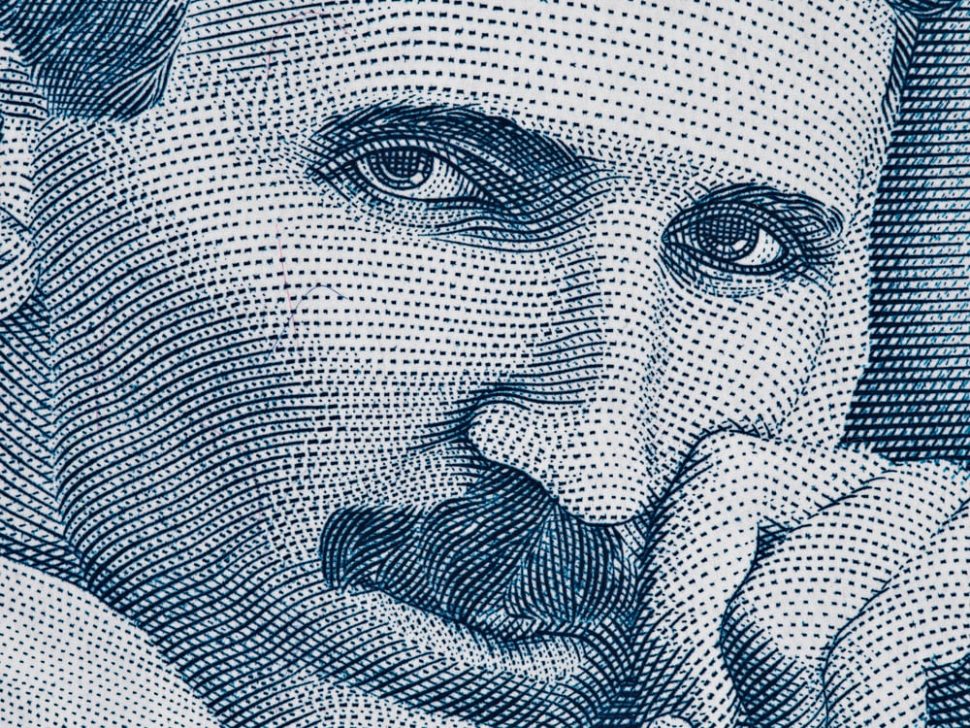Yesterday was the birthday of Nikola Tesla, one of the greatest inventors of the modern era. Here we celebrate some of his greatest achievements.
Nikola Tesla is one of the world’s most important inventors you might not have heard of thanks to Edison.
Elon Musk drew inspiration from this guy’s very name for his revolutionary battery and electric car brand. So, who is the inventor behind the inspiration?
It all Started With an Unfulfilled Promise From Edison
As other Tesla biographers note, Edison used Tesla to re-design direct current generators.
Direct current is what made Edison a contender in the “War of the currents“. But Edison’s “innovations” often came from people like Tesla and Lewis Latimer.
Edison had originally promised to pay Tesla about $50,000 USD. But after Tesla completed his work, presumably making Edison more money, Edison reneged on his promise.
Without contributions from other inventors, Edison likely wouldn’t have had products. After all, Latimer was the one who developed carbon filaments for modern light bulbs. Shouldn’t he be the one we learn about in history class along with Tesla?
Okay, okay, I’m getting off track with the Edison bashing. Let’s backtrack to Tesla’s background in electrical engineering and how he ended up in the U.S.

Inventor, Scientist, Futurist, and Immigrant
Nikola Tesla hailed from what is now modern-day Croatia. Originally part of the Austrian Empire, Tesla grew up there, receiving an education in physics and engineering.
He emigrated to the U.S. in 1884 and became a naturalized citizen. It was then that he went into business with Edison, having previously worked with an arm of Edison’s company in Paris.
The aforementioned swindling happened, so Tesla sought new opportunities.
He eventually partnered with Westinghouse Electronic to work on his idea for alternating current (AC). Specifically, he wanted to make an AC induction motor which Westinghouse would eventually license in 1888.
After this success, Tesla began experimenting in other realms including:
- x-ray imaging
- oscillators and generators
- electrical discharge tubes
- wirelessly controlled boats
- wireless lighting
- wireless electric power distribution
In fact, Tesla announced that wireless communication may be possible with his devices in the future from as early as 1893.
In 1895, Tesla designed the very first AC hydroelectric power plant for use in Niagara Falls. It powered Buffalo, New York the next year, furthering AC’s reputation as a leading power alternative to Edison’s direct current (DC) system.

The one Invention Everyone Knows About
Sometime in the late 19th century, Nikola Tesla developed the “Tesla coil”. This is what led Tesla to claim that his devices could one day deliver wireless communication.
It works by resonating voltage and current across a circuit using a capacitor. It produces some pretty insanely cool light shows, as you can see.
But people used Tesla coils as inductors in radio transmissions antennas early on. Tesla also used his coils to further study x-rays, radio, fluorescence, electromagnetism, and wireless power. No big deal, right? Just your average weekend project for Tesla.
The Industry 4.0 Mindset in the 20th Century
Tesla’s life fell into disarray as Edison’s smear campaign against him ramped up.
Due to feeling threatened, Edison tried to make AC appear as dangerous compared to DC. Though Edison claimed to be for innovation, his actions against Tesla signaled that he cared about profits more. However, sources in this PBS article contest assertions of sabotage.
Despite this, Tesla continued to work into the 20th century.
In fact, he wanted electricity to reach everyone, enabling communication. He developed a wireless global communication system which would use a very big electrical tower.
This tower would share information and provide free electricity to people around the world.
In 1901, Tesla’s investors for the project included J.P. Morgan — yes, as in the one from J.P. Morgan Chase.
However, a direct rival named Guglielmo Marconi leveraged steel magnate Andrew Carnegie’s financial support. His advances in radio tech forced Tesla to abandon his free electricity project.
Two years later, Tesla had to declare bankruptcy and sold the tower for scrap to pay debts.
Wait…so What About That Doomsday Machine?
Right, so Tesla debuted his “death ray” in 1934 to the U.S. military, calling it “Teleforce”. Tesla explained that it was a “particle beam projector” — the first of its kind to be seen as legitimate.
He suggested that the device could target something 250 miles/400 km away. That means that, at any point on the battlefield, it could level entire squadrons of soldiers. It could even take out aircraft fleets up to 10,000 in number.
Not much highly credible information exists about the supposed death ray. But Futurism compiled information on it, saying that an attempt thought to be a failure might have just hit very far off target in Siberia, causing significant damage.
The article alleges that, due to the gross mistargeting and subsequent devastation, Tesla chose to dismantle the invention, ultimately abandoning it.
Posthumous Success and Recognition
Much like the artist Vincent Van Gogh, Tesla received recognition after his death for his accomplishments.
Remember that radio tech rival from earlier? After Tesla’s death, the U.S. Supreme Court shot down four of his key patents. They awarded Tesla recognition for radio innovations.
Unfortunately, Tesla’s dream of free worldwide electricity has not yet come to pass. But, as with some of the most popular science fiction, it may become a reality in the future.
While the mythos behind the name and man might sometimes be too grand, no one can ignore Nikola Tesla’s contributions to science and, indeed, his forward-thinking mindset.



















Comments (0)
Most Recent